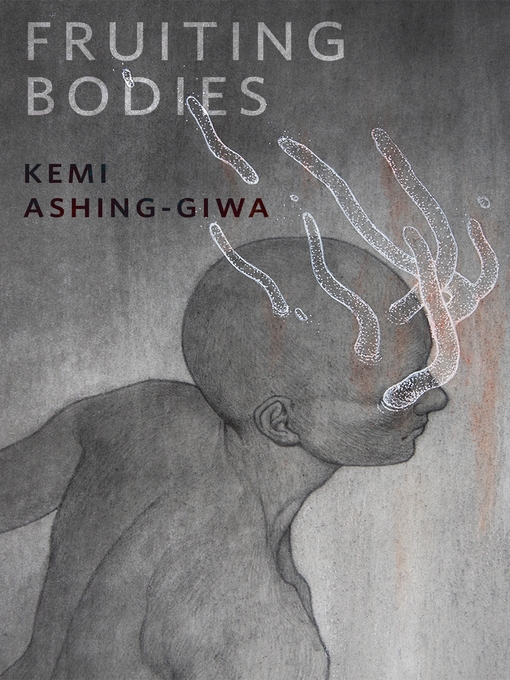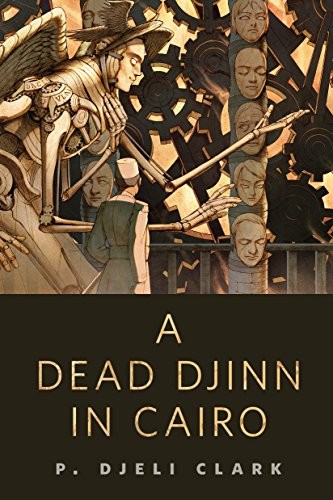Soh Kam Yung reviewed The Tale of Ak and Humanity by Yefim Zozulya
A satire on Soviet Society
3 stars
A satire on society in the Soviet Union where things are run by a Board of Supreme Determination who has decreed that citizens are to be determined whether they are 'useful' to society or not. Society panics over the decree. But it is only the start when Ak, the leader of the Board suddenly has a change of heart and releases another decree that runs counter.
The Introduction by translator Alex Shvartsman gives some background on Yefim Zozulya.












